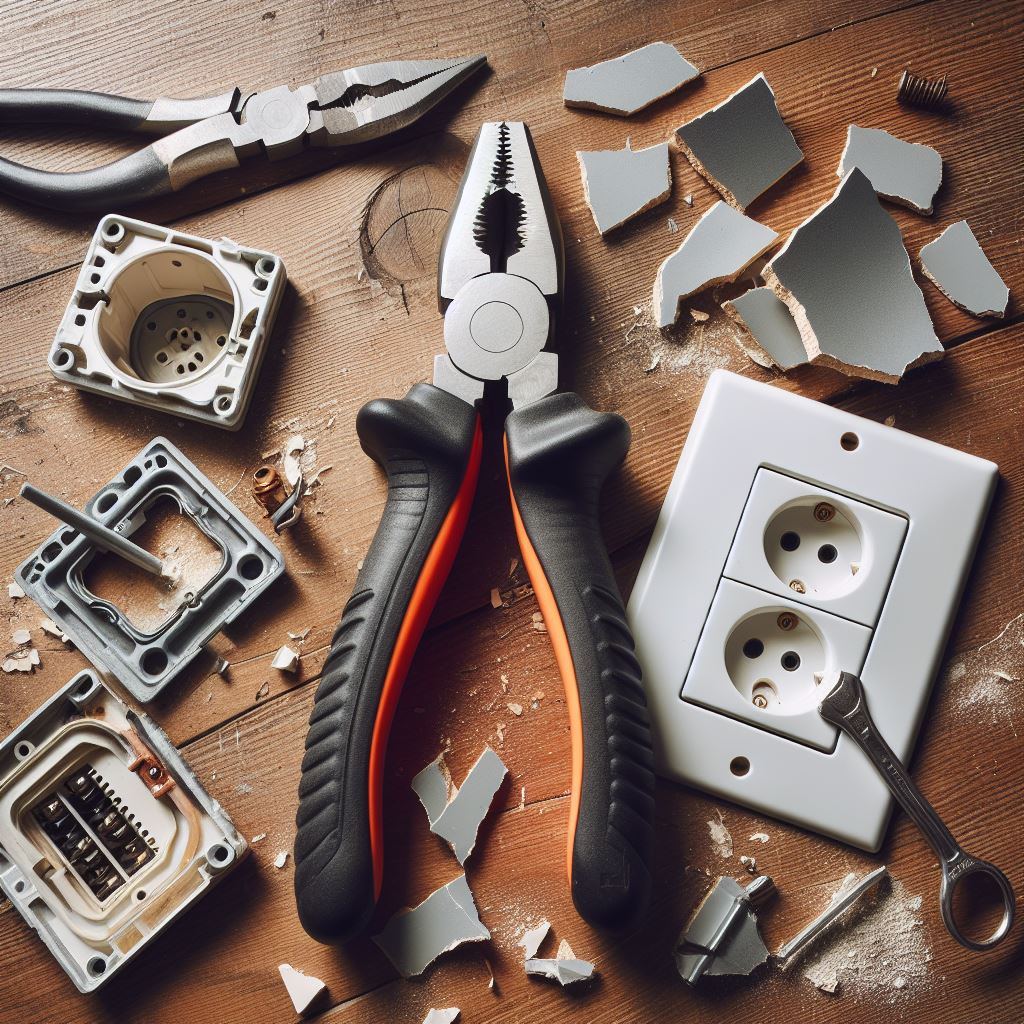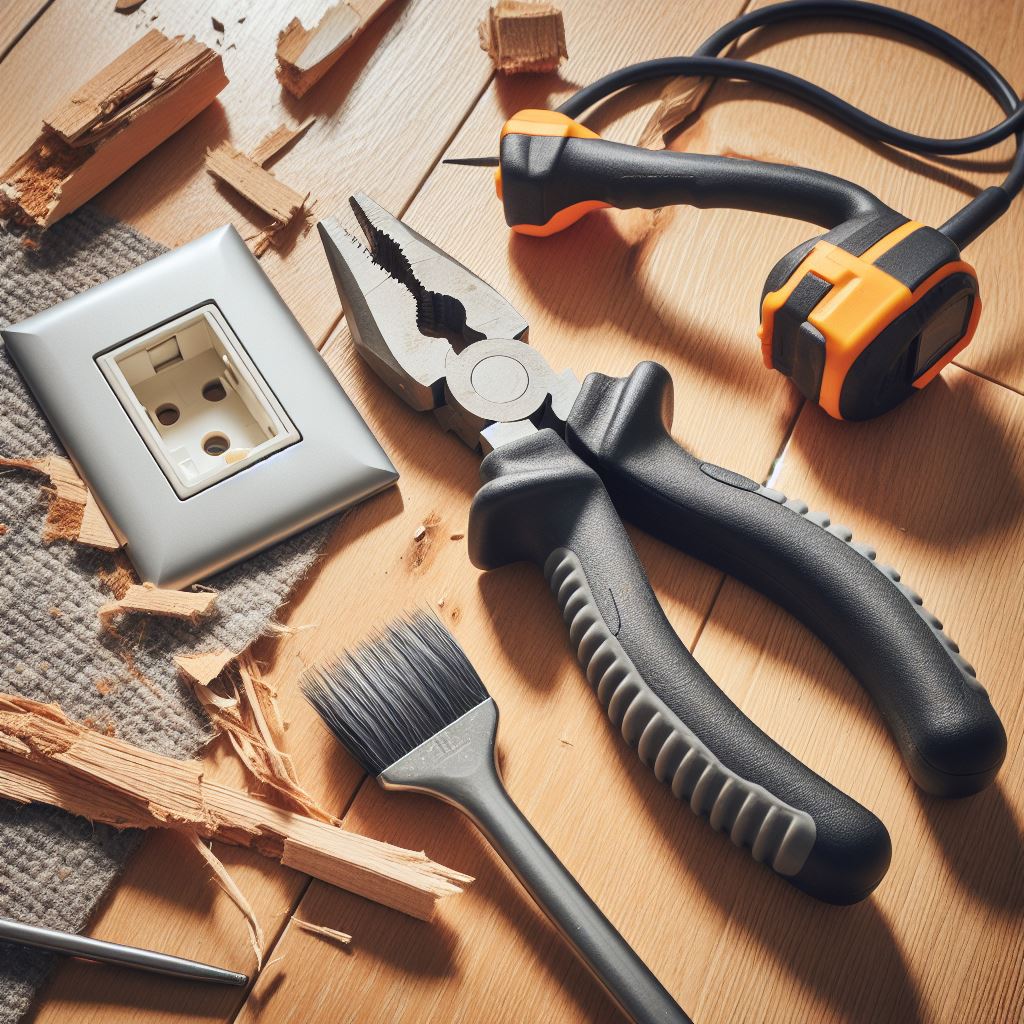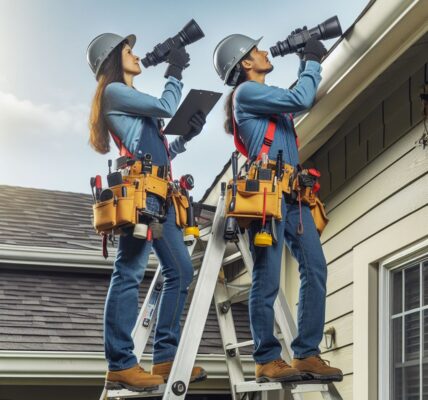Benefits of Using Pliers for Home Inspectors
Home inspection is a crucial process that ensures the safety and functionality of a residential property. It involves a thorough examination of various components, such as electrical systems, plumbing, and structural integrity. To conduct a comprehensive inspection, home inspectors rely on a range of tools, each serving a specific purpose. Among these tools, pliers stand out as an essential instrument due to their versatility and ability to handle various tasks.
One of the primary benefits of using pliers for home inspectors is their ability to provide a secure grip. Pliers are designed with serrated jaws that allow inspectors to firmly grasp objects of different shapes and sizes. This feature is particularly useful when dealing with electrical wires, pipes, or other components that require a tight grip for inspection or repair. By providing a secure hold, pliers enable inspectors to work with confidence, reducing the risk of accidents or damage to the property.

Furthermore, pliers offer home inspectors the advantage of increased leverage. Leverage is crucial when dealing with stubborn or tightly fastened components that require extra force to loosen or remove. With their long handles and jointed design, pliers allow inspectors to apply greater pressure without exerting excessive effort. This feature is especially valuable when inspecting plumbing systems, where pipes and fittings often require tightening or loosening. By providing increased leverage, pliers enable inspectors to perform their tasks efficiently and effectively.
also read about : most important tools for home inspection
In addition to their gripping and leverage capabilities, pliers also offer home inspectors the advantage of versatility. There are various types of pliers available, each designed for specific tasks. For instance, needle-nose pliers are ideal for reaching into tight spaces or bending wires, while slip-joint pliers are suitable for adjusting nuts and bolts of different sizes. By having a selection of pliers at their disposal, inspectors can tackle a wide range of inspection tasks with ease and precision. This versatility saves time and effort, allowing inspectors to complete their work more efficiently.
Another benefit of using pliers for home inspectors is their durability. Pliers are typically made from high-quality materials, such as hardened steel or chrome vanadium, which ensures their longevity and resistance to wear and tear. This durability is essential for home inspectors who often work in demanding environments, such as crawl spaces or attics, where tools are subjected to rough handling or exposure to moisture. By investing in durable pliers, inspectors can rely on their tools to withstand the rigors of their profession, reducing the need for frequent replacements.
In conclusion, pliers are an essential tool for home inspectors due to their gripping ability, leverage, versatility, and durability. These features enable inspectors to perform their tasks with confidence and efficiency, ensuring a thorough and accurate inspection of residential properties. Whether it is tightening electrical connections, adjusting plumbing fittings, or reaching into tight spaces, pliers provide the necessary functionality to handle a wide range of inspection tasks. Therefore, every home inspector should consider pliers as a vital addition to their toolkit, enhancing their ability to deliver high-quality inspection services.
Different Types of Pliers and Their Uses in Home Inspection
One of the most commonly used types of pliers in home inspection is the combination pliers. These pliers, also known as lineman’s pliers, are characterized by their long handles and serrated jaws. They are primarily used for gripping, twisting, and cutting wires. During a home inspection, combination pliers are indispensable for examining electrical systems, such as outlets, switches, and junction boxes. They allow inspectors to test the integrity of electrical connections, identify loose or damaged wires, and ensure compliance with safety standards.

Another type of pliers commonly used by home inspectors is the needle-nose pliers. These pliers have long, slender jaws that taper to a point, resembling a needle. Needle-nose pliers are ideal for reaching into tight spaces and gripping small objects. In the context of home inspection, these pliers are particularly useful for tasks such as removing nails, adjusting small components, and accessing hard-to-reach areas. For example, when inspecting plumbing systems, needle-nose pliers can be used to tighten or loosen pipe fittings, remove clogs, or retrieve small objects that may have fallen into drains.
Vise-grip pliers, also known as locking pliers, are another essential tool for home inspectors. These pliers feature a mechanism that allows them to lock onto an object, providing a secure grip. Vise-grip pliers are particularly useful when dealing with stubborn or hard-to-reach components. For instance, when inspecting HVAC systems, home inspectors may encounter rusted or corroded parts that require removal or adjustment. Vise-grip pliers enable inspectors to securely hold these components, preventing slippage and potential injuries.
Tongue-and-groove pliers, commonly referred to as channel-lock pliers, are also commonly used by home inspectors. These pliers have adjustable jaws that can be set to different widths, allowing them to accommodate various sizes of nuts, bolts, and pipes. Tongue-and-groove pliers are invaluable when inspecting plumbing systems, as they enable inspectors to tighten or loosen fittings, check for leaks, and assess the overall condition of pipes. Additionally, these pliers can be used for tasks such as removing stubborn caps or adjusting components in other systems, such as heating or ventilation.
In conclusion, pliers are an essential tool for home inspectors due to their versatility and ability to perform a wide range of tasks. Combination pliers, needle-nose pliers, vise-grip pliers, and tongue-and-groove pliers are just a few examples of the types of pliers commonly used in home inspection. Each type serves a specific purpose, whether it be examining electrical systems, accessing tight spaces, securing components, or working with plumbing systems. By having a comprehensive set of pliers at their disposal, home inspectors can ensure a thorough and efficient inspection process, ultimately contributing to the safety and functionality of residential properties.
Tips for Choosing the Right Pliers for Home Inspection
Home inspection involves a thorough examination of various components, such as electrical systems, plumbing, and structural integrity. To conduct a comprehensive inspection, home inspectors rely on a range of tools, one of which is the trusty pair of pliers. Pliers are an essential tool for home inspectors due to their versatility and ability to handle a wide array of tasks. In this article, we will discuss the importance of pliers in home inspections and provide tips for choosing the right pair.
First and foremost, pliers are indispensable when it comes to electrical inspections. Home inspectors often need to assess the condition of electrical wiring, outlets, and switches. Pliers with insulated handles are crucial for safely handling live wires and making necessary adjustments. Additionally, pliers with long, slender jaws are ideal for reaching into tight spaces and manipulating small electrical components. Whether it’s tightening loose connections or replacing faulty switches, pliers provide the necessary grip and leverage to perform these tasks effectively.
Furthermore, pliers are invaluable for plumbing inspections. Inspectors frequently encounter situations where they need to tighten or loosen pipe fittings, remove stubborn nuts, or adjust valves. Pliers with adjustable jaws, such as slip-joint pliers, are particularly useful in these scenarios. The ability to adjust the jaw width allows inspectors to work with various sizes of pipes and fittings. Moreover, pliers with serrated jaws provide a secure grip, preventing slippage and potential damage to the plumbing system.
In addition to electrical and plumbing inspections, pliers are also essential for assessing the overall structural integrity of a property. Inspectors often encounter situations where they need to remove nails, staples, or other fasteners to gain access to hidden areas. Pliers with built-in wire cutters are perfect for this purpose, as they can effortlessly cut through nails and other materials. Moreover, pliers with long handles provide the necessary leverage to pry open doors, windows, or cabinets, allowing inspectors to thoroughly examine the underlying structures.
When it comes to choosing the right pliers for home inspection, there are a few factors to consider. Firstly, it is crucial to select pliers with comfortable handles. Home inspections can be physically demanding, and using pliers with ergonomic handles reduces hand fatigue and improves overall efficiency. Additionally, it is important to choose pliers made from high-quality materials, such as hardened steel, to ensure durability and longevity. Inspectors should also consider the specific tasks they will be performing and select pliers with the appropriate jaw type and size. Slip-joint pliers, needle-nose pliers, and lineman’s pliers are among the most commonly used types in home inspections.
In conclusion, pliers are an essential tool for home inspectors due to their versatility and ability to handle a wide range of tasks. Whether it’s electrical inspections, plumbing assessments, or structural examinations, pliers provide the necessary grip, leverage, and precision. When choosing pliers for home inspection, it is important to consider factors such as handle comfort, material quality, and jaw type. By selecting the right pair of pliers, home inspectors can ensure a thorough and efficient inspection process, ultimately contributing to the safety and functionality of residential properties.




